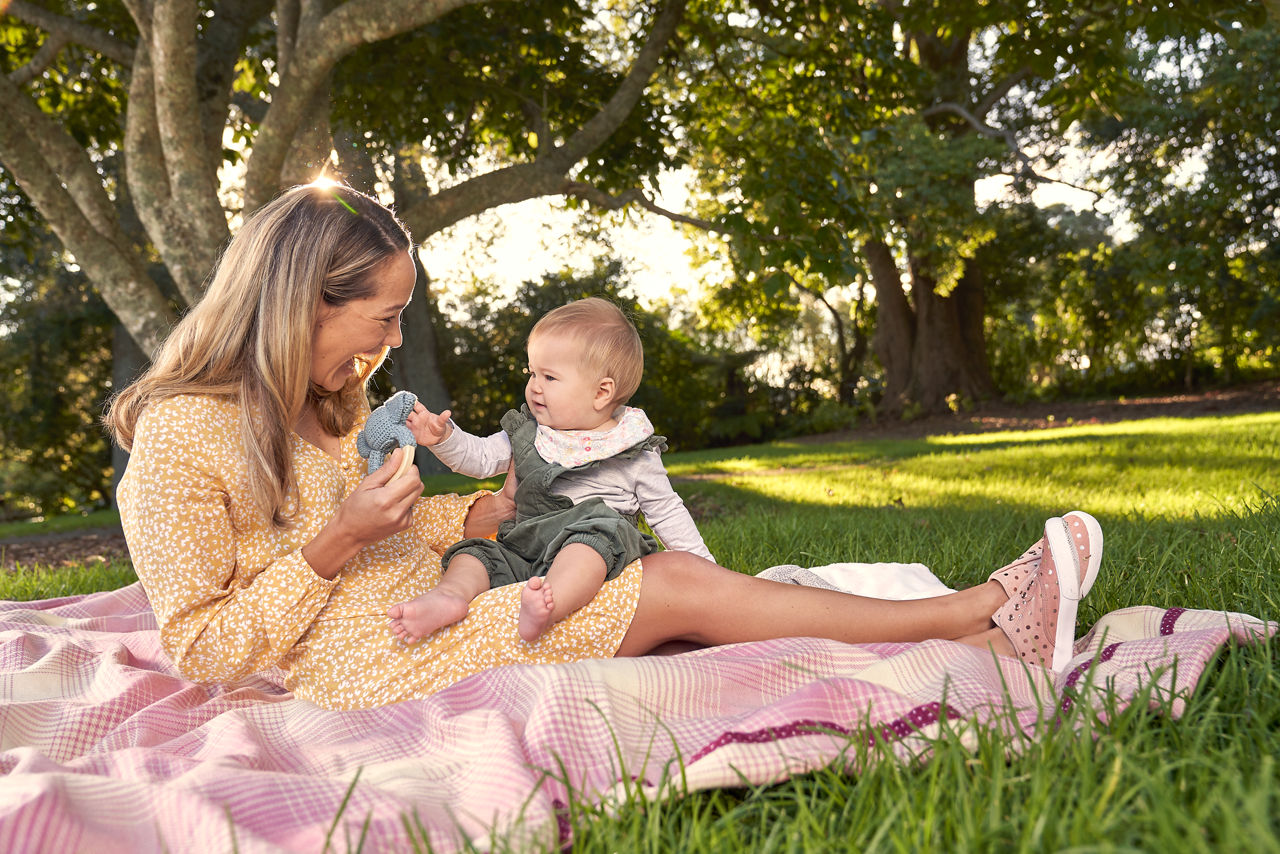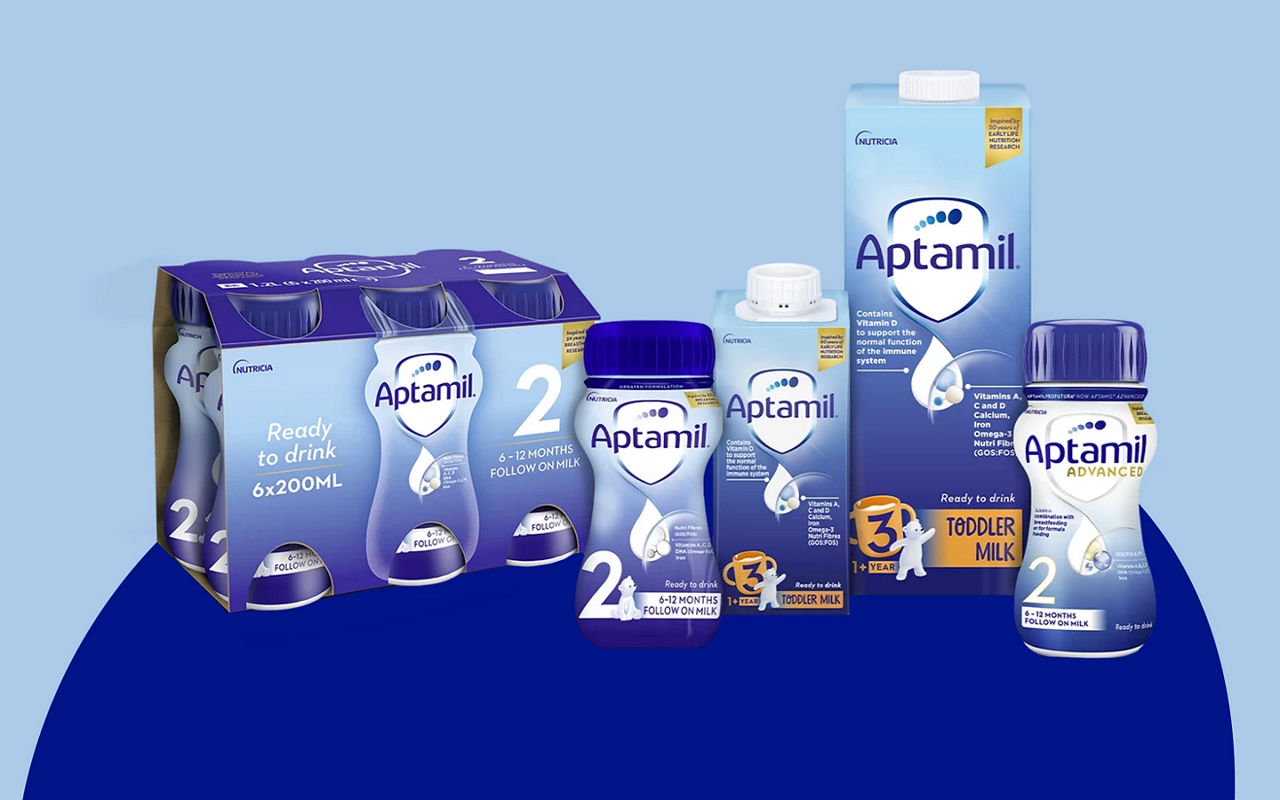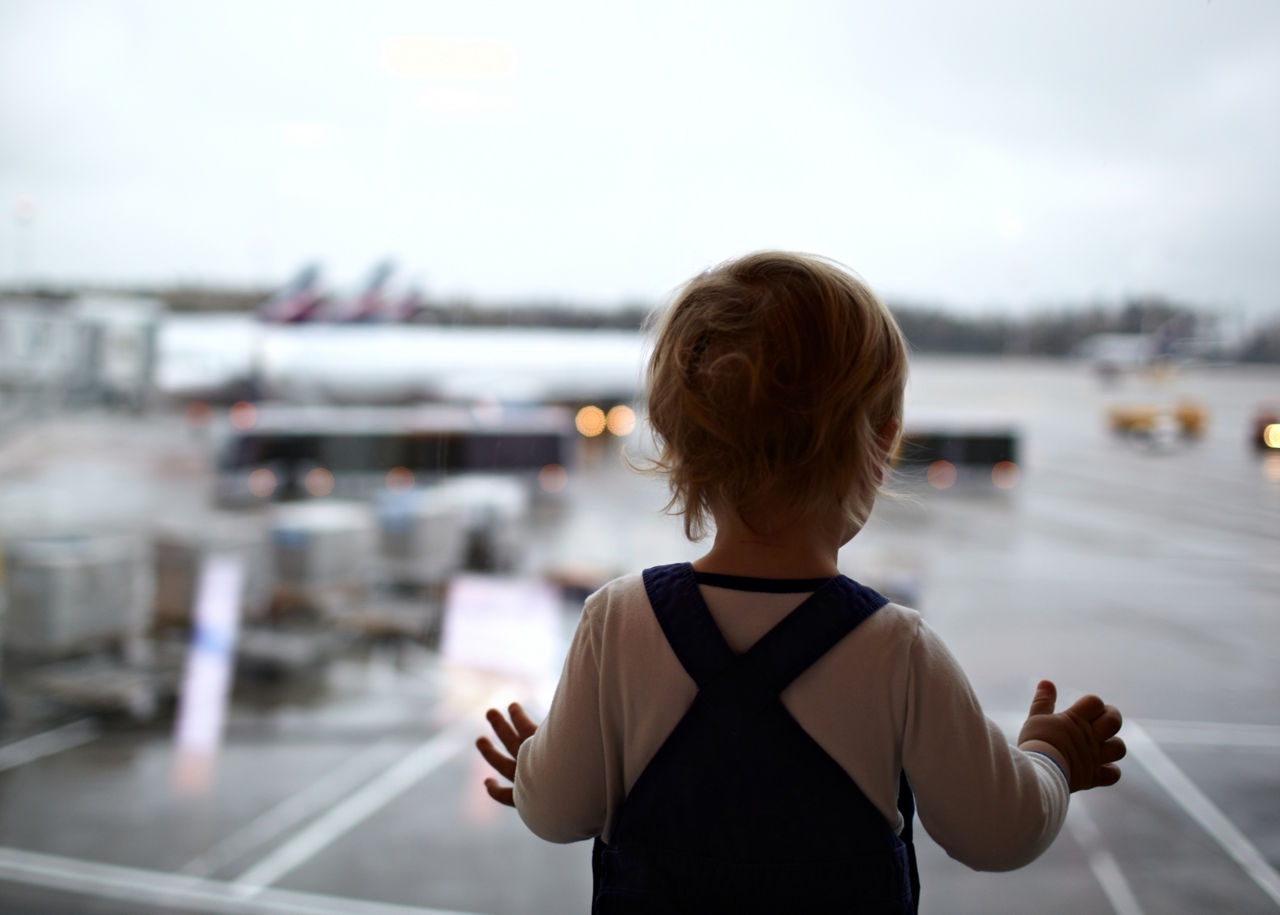How to feed your baby while travelling: Tips and tricks you need to know
Tips for feeding baby on the go
Enjoy your travels with your baby without worrying about feeding. Our comprehensive guide offers top tips so feeding your baby on the go can be made less stressful.

Whether it’s summer picnics, holiday journeys or long leisurely days out and about, how to feed your baby on the go is a common question for many parents.
However you’ve chosen to feed your baby, there are several things to consider when trying to ensure that your travels are as enjoyable and stress-free as possible.
Here we’re looking at what you’ll need, the different options available and the importance of planning ahead.
How to feed your baby on the go: preparation
How to feed your baby on the go: preparation
When it comes to how to feed your baby on the go, preparation is key. What you’ll need will depend on a number of things. For example, if you’re breastfeeding, your baby’s weaning diet, and how long you’re likely to be out and about.
If you’re breastfeeding, bringing along a drink and perhaps some handy healthy snacks will help to keep your hydration and energy levels up along the way. Also give some thought to how comfortable you are breastfeeding in public spaces. If you’d prefer somewhere private, lots of cafes, shops and restaurants have dedicated spaces that you can use, so have a look at what amenities will be available at your destination. Alternatively, you could bring along a breastfeeding cover. Remember that it’s your right to breastfeed wherever you choose, and it’s never OK for anyone to ask you to stop.
If you’re using Follow On or Toddler Milk, or expressed breastmilk, think about how long you’ll be away from home, and how much your baby is likely to need. Whilst this is never an exact science, it’s a good idea to have a backup supply in case there are any spills, or any delays to your journey.
Other things that might make feeding your baby on the go that little bit easier include:
- Muslin cloths and bibs.
- Sterilising equipment - depending on how long you’re likely to be away from home.
- A spare change of clothes for your baby.
If you’re heading away on holiday, take a look at our baby holiday checklist for some top tips about some of the essentials you’ll need.
How to make Follow On Milk when out and about
If you’re choosing to use powdered Follow On or Toddler Milk, you know they can be a little tricky to prepare when away from home with your baby or toddler. As such, you might want to try our 200ml bottles of Ready to Drink Follow On and Toddler Milks. They’re easier to prepare than powdered formulations and are ready to drink anytime, anywhere. Simply shake and pour whenever your baby or toddler needs. Aptamil Follow On Milk Tabs are another option, being compact and easy to carry. However, remember to always follow preparation and storage advice.
When preparing powdered formulations, it’s always best to prepare your baby or toddler’s Follow On or Toddler Milk as and when they need it. To do this whilst out you’ll need:
- Follow On Milk powder – if you don’t intend to carry the entire pack, it can be useful to have pre-measured amounts of powder in a small, dry and clean container, ready to tip into the water immediately.
- If you don't have access to a kettle, a clean and fully sealed vacuum flask containing water that’s just been boiled can be used. If the vacuum flask is fully sealed, and full, the water will stay at 70C for up to several hours.
- Sterilised baby beakers
You’ll also need to have access to some cold water to help you cool your baby’s Follow On or Toddler Milk to the right temperature after preparation, so they’re ready to drink.
Whatever the format you use, it’s important to follow the instructions on the pack, and to ensure that all equipment is fully sterilised.
Feeding your baby on the go
When it comes to ensuring that your baby makes the most of mealtimes on the go, there are a few things worth considering.
Ready to Drink liquids and Aptamil pre-measured Tabs offer an easier and more convenient alternative to powdered formulations, allowing you to feed your baby anytime, anywhere*. In addition, ready to drink formulations can save a lot of space, as you won’t require any flasks of pre-boiled water.
If you’re going on a longer journey, give yourself plenty of time and plan for enough rest stops. That way you’ll be under less pressure and be able to take all the time you need to ensure your baby is winded and comfortable.
How long can milk sit out?
This is an important question, particularly when feeding your baby on the go.
When using powdered formulations, once you’ve prepared your baby’s follow on or toddler milk it will need to be used within 2 hours. You should never reheat follow on or toddler milk, and any milk left over after this time will need to be discarded.
Once opened, Aptamil Ready to Drink liquids should also be used within 2 hours. Just like powdered formulations, Ready to Drink liquids should never be reheated and any leftover in the beaker should be discarded.
Explore the full range of Aptamil baby milks below, including our handy Ready to Drink liquids and pre-measured Aptamil Follow On Milk Tabs. You’ll also find a wealth of information and tips for travelling with your baby here.
*Always follow preparation instructions and storage advice on pack.
Related articles

Need some help?
You can get quick answers to common questions in our FAQs.
Alternatively, if you need help with general pregnancy or baby advice, or maybe on using or ordering our products - our expert team are always on hand to talk about feeding your baby.
Important notice
Breastfeeding is best for babies. Infant formula is suitable from birth when babies are not breastfed. Follow-on milk is only for babies over 6 months, as part of a mixed diet and should not be used as a breastmilk substitute before 6 months. We advise that all formula milks including the decision to start weaning should be made on the advice of a doctor, midwife, health visitor, public health nurse, dietitian, pharmacist or other professional responsible for maternal and child care, based on baby’s individual needs.
Do not use if your baby has been diagnosed with a cow's milk allergy.
Use Toddler Milk as part of a varied balanced diet from 1 year.





